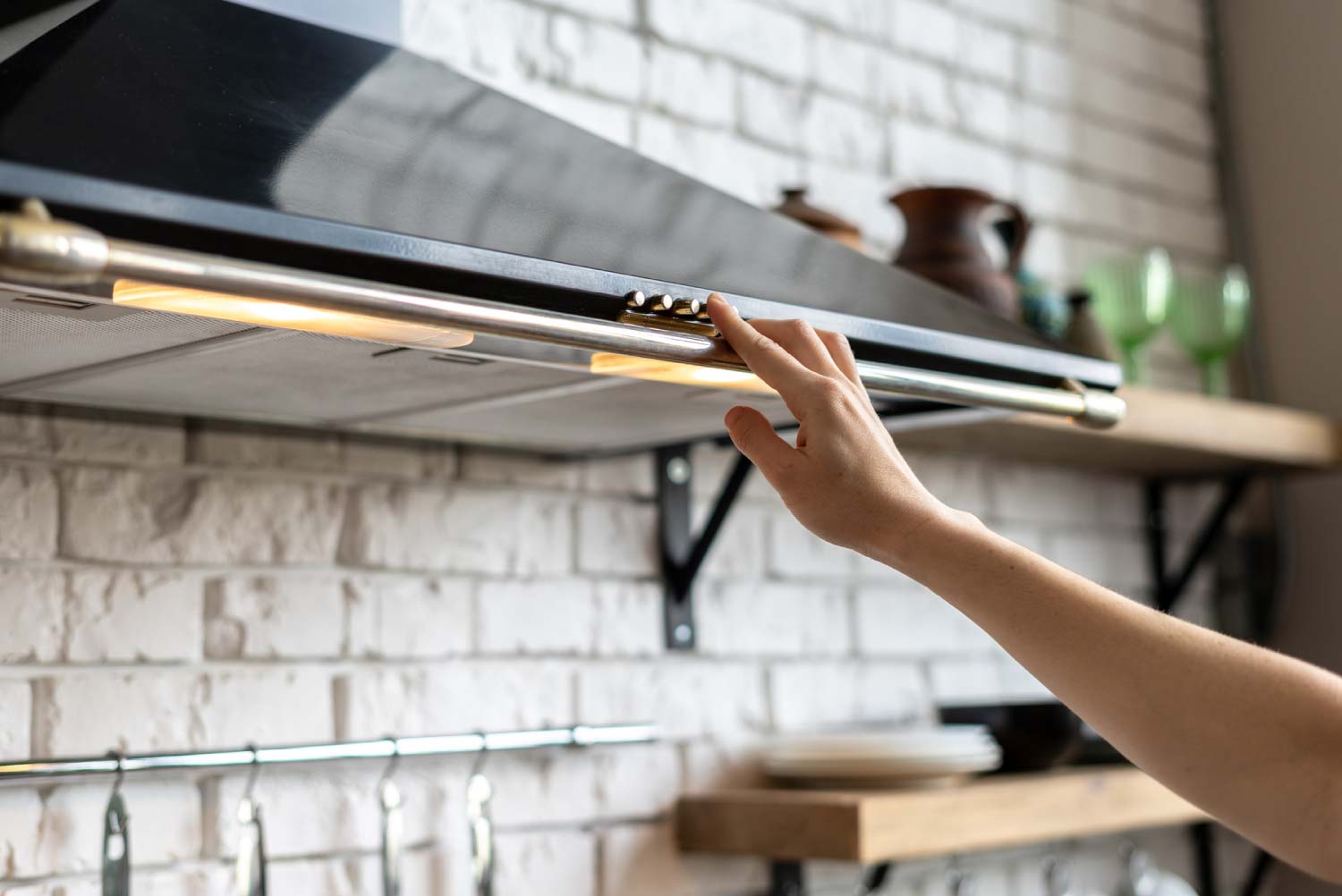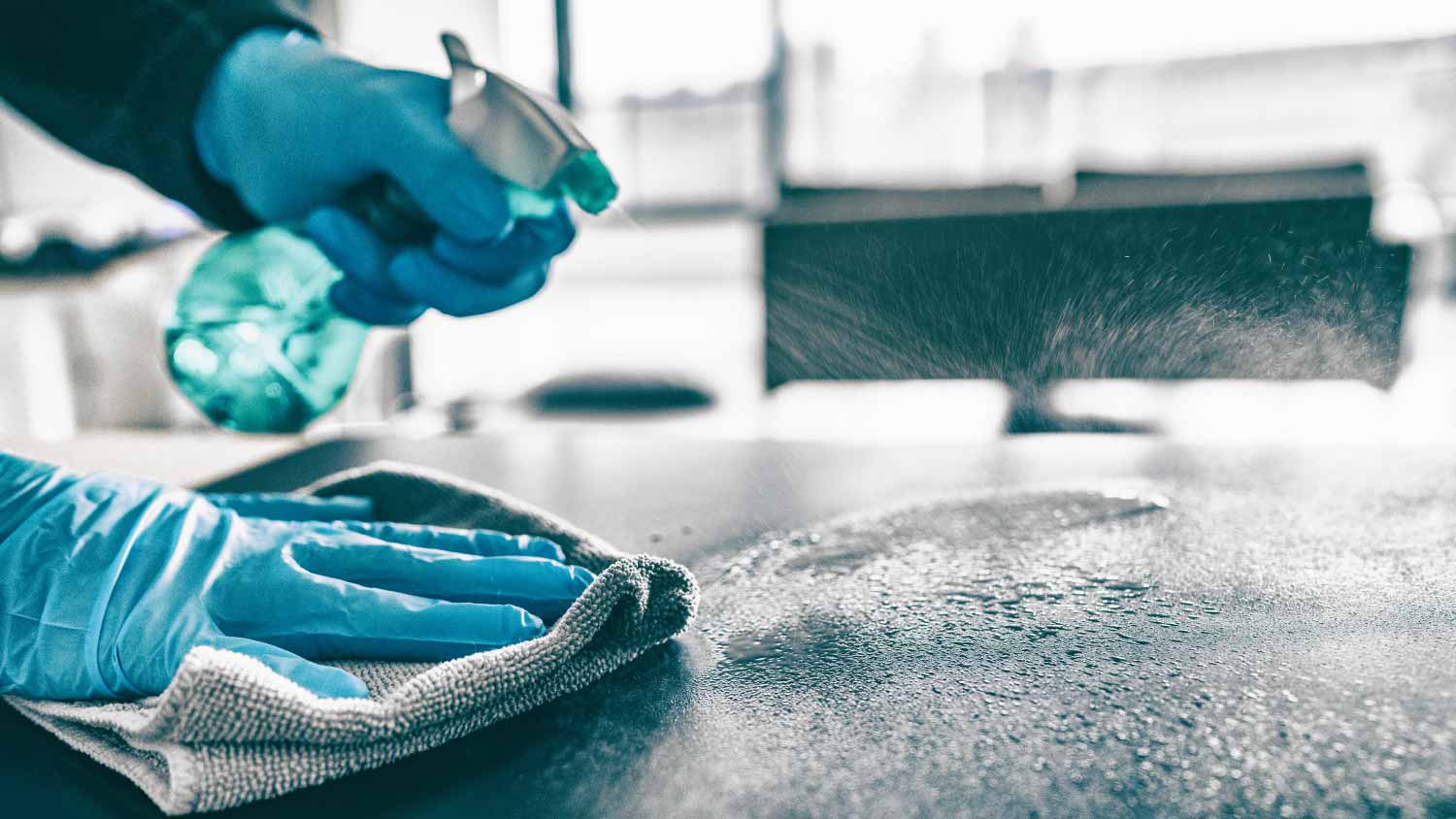
Tile and grout cleaning brings your tiled rooms back to life. In this guide, find out the details of how much it costs to hire tile and grout cleaners.
Get a gleaming glass fireplace


There’s no denying the luxury of a glass fireplace, but that leftover sooty residue tends to cover it up like a smoke screen. Not to mention the black stain it leaves on an otherwise-tidy space. Don’t worry, though. Even if it’s been a while, you can get your glass shining again with a few easy steps.
You can use a handy vinegar and ammonia DIY cleaner to tackle heavily soiled glass. For lighter cleanings, you can actually use leftover ash to make it sparkle in a jiff. Either way, here’s how to get it gleaming with mirror shine, just in time for your next lounging session.
Before you begin, ensure the glass isn’t too hot. While it may be tempting to get it clean and ready right after you put out your fire, it’ll be hot and can cause serious burns.
Vinegar and ammonia can cause skin irritation, so it’s important to protect your hands before working with these chemicals. Cover up with your glove of choice, whether it’s rubber cleaning gloves or disposable ones. As a major bonus, these will prevent that soot from getting under your fingernails and help keep soot off of your walls when you’re done.
Next, grab your spray bottle and fill it with:
1 cup vinegar
3 cups warm water
1 tablespoon ammonia
Alternatively, you can omit the ammonia, but it adds a lot of power to the concoction. Or, if you prefer to use a store-bought cleaner, there are options specifically made for fireplace glass. Oven cleaner will also work in a pinch.
If your fireplace allows you to pop the glass off its hinges, it'll be easier to clean the entire surface. If not, just leave the glass in its place and move on to the next step.
Next, spray your glass down with a generous layer of cleaner. Allow it to sit for at least 1 minute before you begin scrubbing.
Once it’s been a minute, vigorously wipe the glass down with your cloth, paper towel, or newspaper until it’s clean.

The extra-fine abrasiveness of a melamine sponge works great to take care of any leftover sooty areas on the glass. Dampen your sponge and gently work over the residue until the entire glass surface is clean.
If the glass still looks cloudy, repeat steps five and six until it’s sparkling clean.
If your fireplace glass isn't heavily soiled or you're doing regular touch-ups, the ash in your fireplace is the perfect tool to get it clean. Dampen a towel or newspaper, dip it in the ash, and then wipe the glass in a circular motion to loosen caked-on soot. Repeat as necessary until your glass is clean.
There are many benefits to having a clean fireplace beyond aesthetics, such as reducing the risk of fires and saving on energy costs. Along with cleaning the glass, be sure to keep fireplace soot at bay between burnings. Using quality, seasoned hardwood will also help minimize the sooty deposits on the glass.
Other than that, you can save on fireplace maintenance costs by keeping an eye out for damage and scheduling a regular sweep from a top-rated chimney sweep near you.
If you won’t have the time to clean your fireplace glass, you can hire a pro to do the work for you. On average, cleaning pros charge between $30 to $50 per hour. That said, if it’s the first time they’re cleaning your home, they might have to do a deep clean which will take longer and cost more. The tradeoff is you have a beautiful fireplace and home without lifting a finger.
Alternatively, if you don’t want to spend potentially hundreds of dollars and you have an hour free, cleaning your fireplace glass is an easy project. And you probably already have many of the cleaning supplies on hand.
If you notice the interior of your fireplace could use a deeper clean, you can either clean your fireplace yourself or hire a professional fireplace cleaner. They’ll not only get your fireplace back to looking like new, but inform you of any damage or potential repairs needed. The average fireplace repair costs around $600, depending on what is damaged.
From average costs to expert advice, get all the answers you need to get your job done.

Tile and grout cleaning brings your tiled rooms back to life. In this guide, find out the details of how much it costs to hire tile and grout cleaners.

Garage clean-out costs vary considerably depending on the garage size, the waste type and amount, and how much work you do yourself.

Discover the average kitchen hood cleaning cost, what impacts pricing, and how to budget for this essential maintenance. Get tips to save and keep your kitchen safe.

A dirty house can increase your stress levels. This guide explains who to hire to deep clean your house and why hiring someone makes sense.

A clean and organized garage allows you to do more of the activities you love. Follow these expert tips for how to organize and clean your garage.

Find out the average commercial cleaning cost, what factors impact pricing, and how to save—empowering you to make informed decisions for your business.